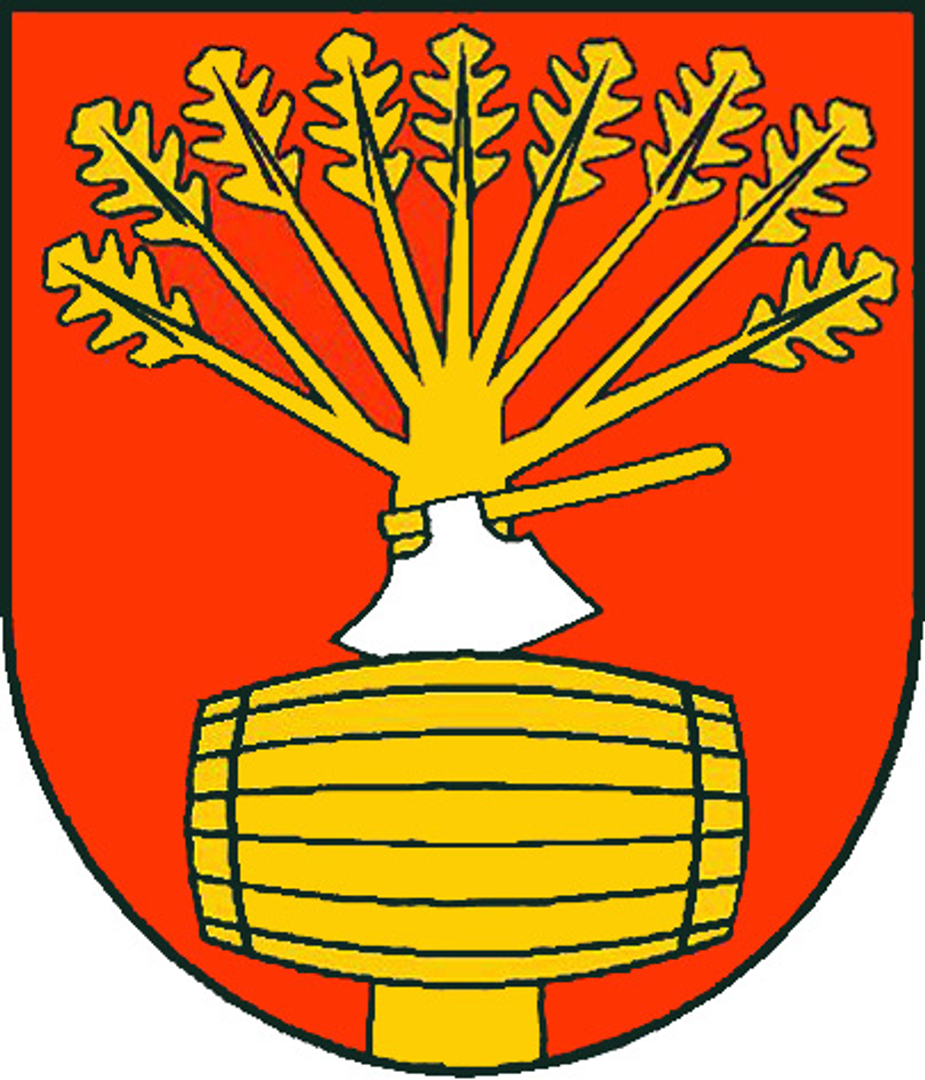Dusk
6.68

Overview
Szarów is a village in the Lesser Poland Voivodeship, located in the Wieliczka County, with a rich history dating back to the 14th century when it was established as part of intensive colonization efforts associated with the Polish-Lithuanian Union. Architecturally, it stands out with its primary school from 1906, the parish church of St. Stanislaus the Bishop built in 1980, and a village hall from 1935, which houses the public library. The school, whose history traces back to classrooms rented in private homes, is currently being expanded with modern facilities, including a gymnasium. Culture in Szarów is expressed through festivals such as "Days of Szarów," held annually in June, and the activities of local organizations like LKS Zryw Szarów, which has been active since 1946. Education and support for children and youth are also developing in Szarów through the "Jaskółka" center. Historically, figures associated with the village, such as Zbigniew of Brzezie, who played a significant role in the village's history, are of importance. Additionally, Szarów has two monuments: one commemorating the victims of World War II and another related to the millennium. A unique feature of the region is its diverse landscape, with the Tusznica stream valley and buildings in the historic center of the village. Szarów is also strategically located near major transportation routes, making it an important point on Poland's transport map. Tourist attractions include 5.5 km of walking trails, offering opportunities to explore local natural and architectural highlights. Environmental protection is also a key issue in Szarów, particularly in relation to peat extraction and the aquifer that supplies drinking water to the Kłaj municipality. Szarów combines rich history, culture, and a dynamically developing community, making it a unique place in the region.
Location
2025 Wizytor | All Rights Reserved